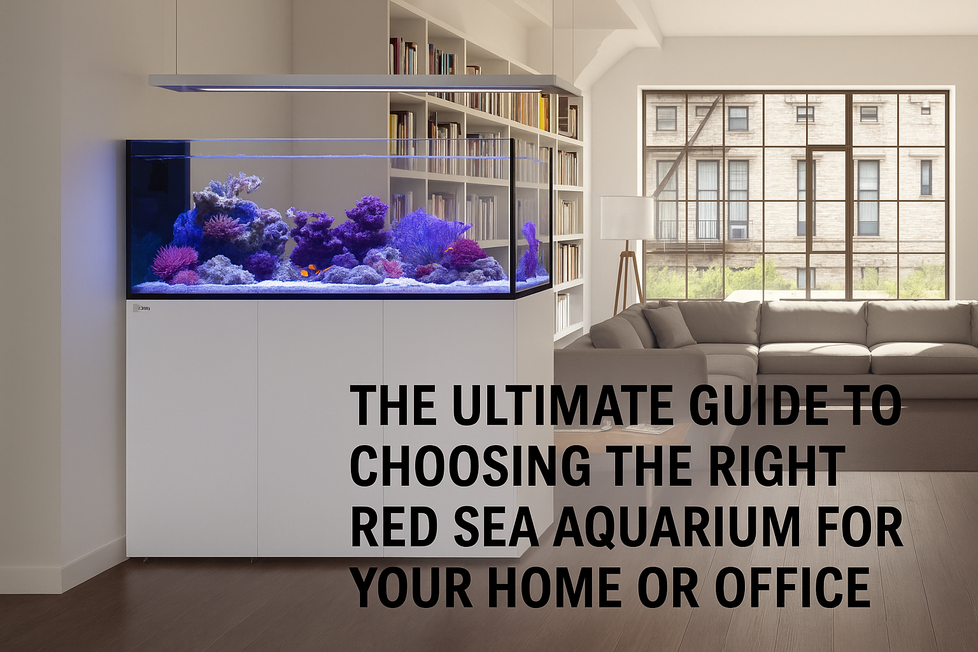Setting up a quarantine tank is a crucial step in maintaining the health and well-being of your aquarium. It provides a controlled environment to monitor and treat new fish before introducing them to your main tank, preventing the spread of diseases and parasites. In this blog post, we will discuss the importance of a quarantine tank and provide a step-by-step guide on how to set one up. We’ll also recommend some essential products from Charterhouse Aquatics to help you get started.
Why You Need a Quarantine Tank
1. Disease Prevention
New fish can carry diseases or parasites that are not immediately visible. A quarantine tank allows you to observe and treat any issues before they can spread to your main tank.
2. Stress Reduction
Transport and relocation can stress fish, making them more susceptible to illness. A quarantine tank provides a calm, stable environment where fish can acclimate and recover from stress.
3. Treatment Isolation
If a fish falls ill, treating it in a quarantine tank is easier and more effective. This prevents the spread of disease and avoids exposing healthy fish to medications.
4. Acclimation
Quarantine tanks provide a safe space for new fish to acclimate to your water conditions, ensuring a smoother transition to the main tank.
How to Set Up a Quarantine Tank
Step 1: Choose the Right Tank
A quarantine tank doesn’t need to be large. A 10 to 20-gallon tank is usually sufficient for most purposes.
Recommended Product: The Aqua One AquaNano 40 Aquarium is an excellent choice for a compact quarantine tank.
Step 2: Set Up Filtration and Heating
A simple sponge filter is ideal for a quarantine tank, as it provides biological filtration without creating strong currents. A reliable heater is also essential to maintain stable water temperature.
Recommended Products:
Step 3: Add Hiding Places
Provide some hiding spots to reduce stress. Simple decorations like PVC pipes or ceramic pots work well.
Step 4: Monitor Water Quality
Regularly test the water parameters to ensure a healthy environment. A reliable test kit is essential.
Recommended Product: The ATI Pro Test Kit provides comprehensive testing for calcium, KH and Phosphate.
Step 5: Maintain Proper Lighting
While quarantine tanks don’t need intense lighting, a basic light to simulate a normal day/night cycle is beneficial.
Recommended Product: The Maxspect Jump LED offers sufficient lighting for a quarantine setup.
Step 6: Regular Water Changes
Perform regular water changes to keep the water clean and free of toxins. This is crucial for the health of quarantined fish.
Tips for Effective Quarantine
- Observe Closely: Monitor new fish daily for signs of disease or stress.
- Limit Feeding: Feed sparingly to reduce waste and maintain water quality.
- Duration: Quarantine new fish for at least 2-4 weeks to ensure they are healthy before moving them to the main tank.
- Separate Equipment: Use separate equipment for the quarantine tank to prevent cross-contamination.
- Disinfection: After each use, thoroughly disinfect the quarantine tank and equipment.
Conclusion
Setting up a quarantine tank is a vital practice for any aquarist, providing a safeguard against disease and stress for new fish. By following the steps outlined above and using high-quality products from Charterhouse Aquatics, you can create an effective quarantine system that protects your main aquarium’s health.
For all your aquarium needs, trust Charterhouse Aquatics to provide top-quality products and expert advice. Invest in a quarantine tank today and ensure the long-term health and happiness of your aquatic life.


